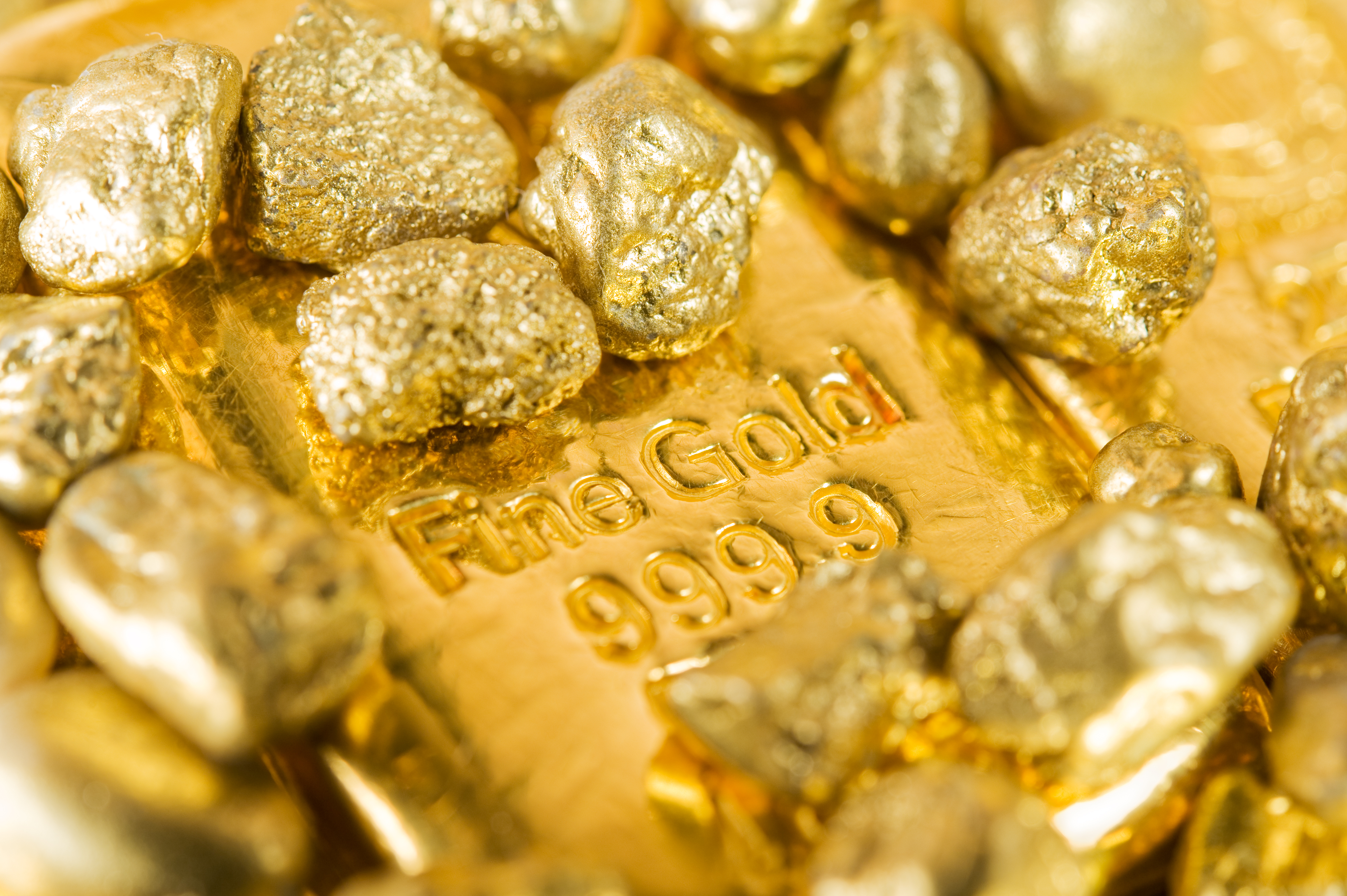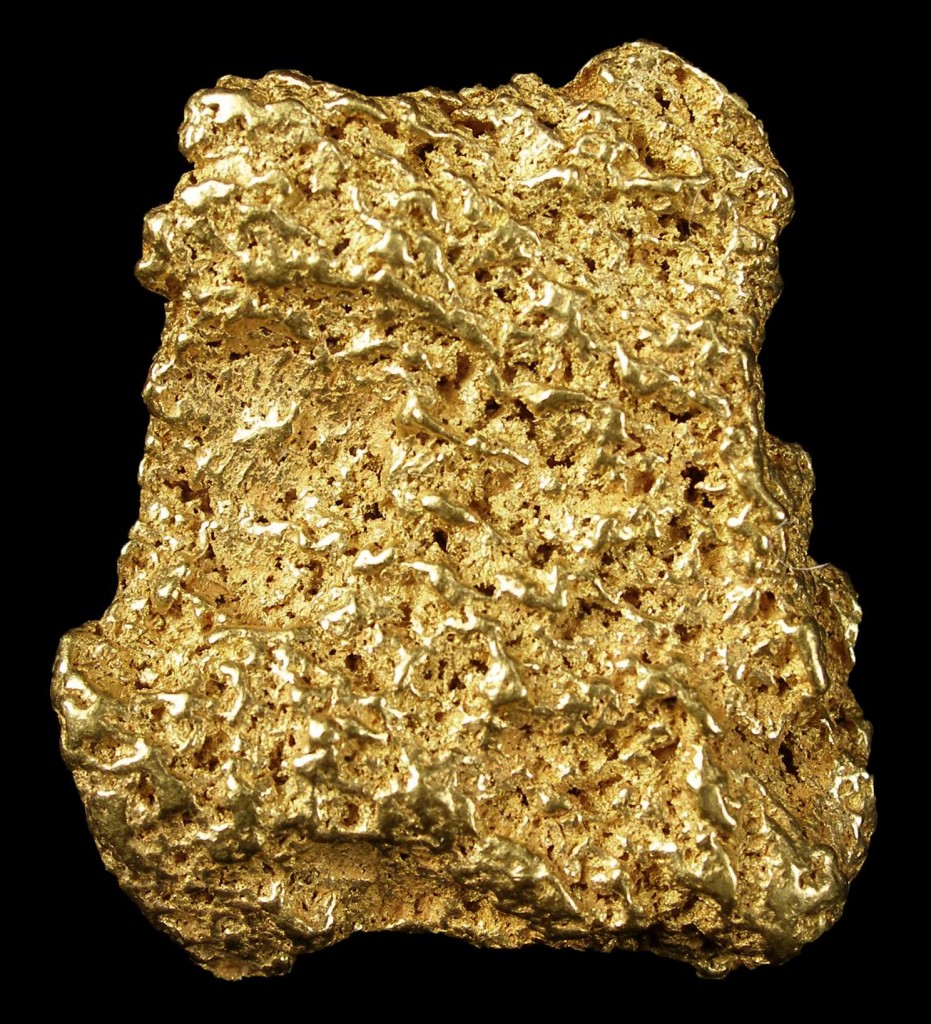Finding Your Fortune: A Gold Over America Tour For Prospectors
Have you ever dreamt of striking it rich, of feeling the satisfying weight of a gold nugget in your hand? That dream, you know, it’s actually more within reach than many people think, especially if you're keen on exploring the vast possibilities of a gold over america tour. This isn't about sitting on a bus, but rather, it's about the adventure of chasing gold across our incredible continent, from hidden streams to ancient riverbeds, seeking out those shining bits of history and value.
For a lot of folks, the idea of finding gold feels like something from old movies, yet, as a matter of fact, the thrill of gold prospecting and metal detecting for gold is very much alive today. People are out there, right now, with their detectors and pans, uncovering precious metals. It's a hobby that brings together history, outdoor adventure, and the exciting chance of a real payoff, which is pretty cool, honestly.
This kind of "gold over america tour" is really about understanding where gold hides, what tools work best, and how patient effort truly pays off. Whether you are just starting out or have some years under your belt, there’s always something new to learn, a fresh spot to check, or a better way to approach the hunt, you know, for those shiny pieces of earth.
- Dominican Restaurant Near Me
- Drew Pritchard En La Actualidad
- Madison De La Garza
- Is Rachel Maddow Still With Susan Mikula
- Red Hair Big Boobs
Table of Contents
- The Thrill of the Hunt: Metal Detecting for Gold
- Where the Gold Hides: A Continental Overview
- Getting Equipped: Tools for Your Gold Over America Tour
- The Science of Small Gold: Understanding Micron Sizes
- FAQ: Your Gold Prospecting Questions Answered
- Your Next Adventure on the Gold Over America Tour
The Thrill of the Hunt: Metal Detecting for Gold
Metal detecting for gold nuggets, it’s just a truly rewarding activity, and it can be quite profitable too, apparently. Many people find a real sense of purpose in the hunt, especially when they are out there, maybe with a metal detector, looking for those hidden treasures. It's a hobby that really connects you with the ground beneath your feet, and it's pretty exciting when that detector starts to sing.
This kind of searching, you know, for gold nuggets with a metal detector, it brings together a community of enthusiasts. Folks share their stories, their successes, and even their challenges, which is something you find on sites like Treasurenet, a very large community for treasure hunting. It's a place where people talk about metal detecting, old artifacts, relic hunting, and even sunken treasures, which is pretty cool, actually.
The shared passion for discovery, that’s what really drives this whole thing. It’s not just about the gold itself, but the experience of finding it, the quiet moments out in nature, and the camaraderie with others who get it. This sense of shared adventure is, in a way, a big part of what makes the "gold over america tour" so appealing to so many.
- How To Remove Gel Polish
- Red God Release Date
- Zack De La Rocha
- Tyson Httpsanonpastecomsharesophie Rain Spiderman Video Fn834nm5f
- Shu Jiao Fu Zhou
Where the Gold Hides: A Continental Overview
When you think about a "gold over america tour," it really means exploring the many places where gold has been found, or still lies hidden, across the continent. Gold isn't just in the Wild West, you know; it's spread out in some surprising spots. From ancient riverbeds to areas changed by human activity, there are opportunities for those with a keen eye and the right tools, so it's interesting to consider.
One common idea is that gold might be in places where dams were built, even if it's just a tiny bit. People are incredibly good at getting gold out of the ground, but there comes a point, you know, when it's just not worth the effort anymore for the big operations. That leaves plenty for the individual prospector, which is a nice thought.
Prospectors often share their stories, their ups and downs, in forums and journals, which is very helpful for anyone wanting to learn. These personal accounts give you a real sense of what it’s like out there, and they often point to promising areas or methods that work, basically giving you a map of sorts for your own gold hunt.
Eastern Treasures: The Uwharries and Beyond
In the eastern parts of the country, there are some really interesting gold spots, like the Uwharries. Someone mentioned they've been prospecting there since 1997 and have found quite a bit of gold over the years, which is pretty impressive. They even make maps for the Uwharrie gold, Stanly County gold, and the sniper areas, which shows how much detail goes into this.
This kind of local knowledge, you know, is absolutely invaluable. It's not just about having a metal detector; it's about knowing where to point it. These maps and personal experiences give a real advantage to anyone looking to find gold in these historic areas, which have a long past of gold mining, actually.
The persistence of prospectors in places like the Uwharries proves that gold is still out there, just waiting to be discovered. It’s a testament to the fact that even after centuries of searching, there are still riches to be found by those who put in the time and effort, you know, with their equipment.
Northern Secrets: Canada's Ice Age Gifts
Moving north, there's a fascinating theory about micro gold in New York State. Apparently, it was pushed down from Canada during the Ice Age, which is a pretty cool geological fact. This means there’s gold there, but it’s often very, very small, requiring a different approach to finding it, you know.
Finding enough gold in the Catskills, or even further north, can take weeks, or even months, because it’s so fine. It’s not about finding big nuggets, but rather accumulating those tiny, tiny pieces. This kind of prospecting really tests your patience and your technique, so it’s a different kind of challenge.
The idea of micro gold, that is, gold measured in microns, is something a lot of prospectors think about. There was a chart that showed how many pieces of gold, like 1 micron, 10 micron, 20 micron, and so on, would add up to an ounce. This really helps you understand the scale of what you’re looking for when dealing with such fine gold, which is pretty neat.
Midwestern Surprises: Indiana Placer Gold
Even in places you might not expect, like Indiana, there’s placer gold to be found. Someone started prospecting this season, just classifying into a 120 mesh and panning it out, which is a pretty common way to begin. But then, they decided to step up their game, which is a natural progression for many.
They actually bought a gold cube 4 stack for their Indiana placer operations, which shows a commitment to finding more gold more efficiently. This kind of equipment helps process larger amounts of material, increasing the chances of finding those elusive gold pieces, you know, in the river gravels.
The journey from simple panning to using more advanced equipment is a common path for many prospectors. It reflects a growing passion and a desire to be more effective in their gold over america tour, wherever that may take them. It’s about improving your chances with better tools, naturally.
Getting Equipped: Tools for Your Gold Over America Tour
Having the right gear is pretty important for any gold prospecting adventure. Whether you’re just starting out or you’ve been at it for years, your tools make a big difference in how successful you are. It’s not just about buying the most expensive stuff; it’s about having what works best for the kind of gold you’re chasing, you know.
From metal detectors that can pick up tiny flecks to systems that can process a lot of dirt, each piece of equipment has its place. Learning about different tools and how they work can really change your prospecting game, which is something many experienced folks will tell you.
The world of prospecting tools is pretty varied, honestly, with options for every budget and every type of gold hunt. It’s a good idea to research and talk to other prospectors to see what they recommend, as a matter of fact, before you make any big purchases.
The Right Detector and Processing Gear
For those hunting gold nuggets, a good metal detector is, like, your best friend. There are detectors made specifically for finding gold, which can pick up even small pieces deep underground. Pairing that with good processing gear, such as a gold cube, can really speed things up.
A gold cube, for instance, is a system designed to recover very fine gold, which is often missed by traditional panning. Someone mentioned buying a 4-stack gold cube for their Indiana placer, which is a pretty serious setup. It shows a dedication to recovering even the smallest bits of gold, you know.
This combination of detection and recovery tools helps you maximize your finds. It’s about being efficient and making sure you don’t leave any gold behind, which is the whole point, really, of spending time out there. You want to make your effort count, after all.
DIY Solutions for Serious Prospectors
Some prospectors, you know, they really enjoy making their own equipment, which is pretty cool. There’s a video showing how someone redesigned and made their monster 4 manual gold pump/dredge. This kind of ingenuity is a big part of the prospecting community, honestly.
They even had a previous build version of this 4 manual gold pump on YouTube, which means they’re constantly improving their designs. Building your own gear can save money, and it also lets you customize equipment to your specific needs and the places you hunt, which is a big plus.
These DIY projects demonstrate a deep understanding of how gold recovery works and a real hands-on approach to the hobby. It's about problem-solving and making your tools work harder for you, which is something many experienced prospectors appreciate, naturally.
The Science of Small Gold: Understanding Micron Sizes
When you're out on your gold over america tour, you'll hear a lot about different sizes of gold, especially "micro gold." This refers to gold so tiny it’s measured in microns, which are incredibly small units. Knowing about these sizes can really help you adjust your hunting and recovery methods, you know.
Someone mentioned seeing a chart that broke down how many pieces of gold, like 1 micron, 10 micron, or 20 micron, would be needed to make an ounce. This kind of detail is pretty important when you’re dealing with fine gold, as it helps you set realistic expectations for your finds.
Classifying your material, perhaps into a 120 mesh, before panning or using a gold cube, is a way to separate out these different sizes. It’s about being precise and making sure you don’t wash away those tiny, valuable flecks. It’s a bit of a science, really, to get it just right.
FAQ: Your Gold Prospecting Questions Answered
Here are some common questions people ask about finding gold:
Where are the best places to find gold in North America?
Gold is found in many places, actually. Some well-known spots include the Uwharrie Mountains in the East, areas around Lake of the Woods in Ontario, Canada, and even places like New York State and Indiana. The "best" place really depends on what kind of gold you're after and how much effort you're willing to put in, you know, to explore.
What equipment do I need to start metal detecting for gold?
To begin, you’ll want a good metal detector, preferably one designed for gold. A gold pan, a shovel, and some classifiers (screens to sort material) are also very helpful. As you get more serious, you might look into sluice boxes or gold cubes for more efficient processing, which is pretty common for people who stick with it.
Is it possible to find gold nuggets with a metal detector?
Absolutely, it is! Many prospectors successfully find gold nuggets using metal detectors. The trick is to use a detector that's sensitive enough for gold, understand the ground you're working on, and be patient. It takes practice and a bit of luck, but the rewards can be truly exciting, honestly.
Your Next Adventure on the Gold Over America Tour
So, this idea of a "gold over america tour" isn't about a scheduled event, but rather a personal quest, a chance to connect with history and the earth in a very tangible way. It's about the excitement of discovery, the satisfaction of hard work, and the joy of finding something truly precious. The opportunities are out there, waiting for those who are willing to look, you know.
Whether you're just thinking about picking up a pan or you're already out there with a dredge, the spirit of the gold hunt is alive and well. There's always more to learn, new places to explore, and perhaps, that next shining piece of gold just waiting for you to uncover it. It's a journey that offers both adventure and the very real possibility of a golden reward, which is pretty compelling, honestly.
Remember, the best place to prospect for gold in Ontario, for instance, is often in the green belt quartz that streaks through the islands and wilderness around the Lake of the Woods south of Kenora. This kind of specific knowledge can really guide your efforts, you know. For more detailed geological information, you might check out the U.S. Geological Survey website, which is a great resource.
To learn more about gold prospecting on our site, and for additional tips, you can also link to this page here.
- How To Measure Inseam
- The Big Comfy Couch
- Tattoo Artists Near Me
- Four Seasons Orlando Baby
- Voice For Optimus Prime Transformer Movie

How to Buy Gold at $400 an OunceWealth Wave

Gold nugget

Gold Standard